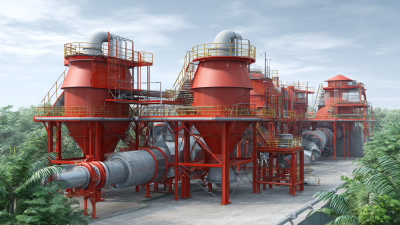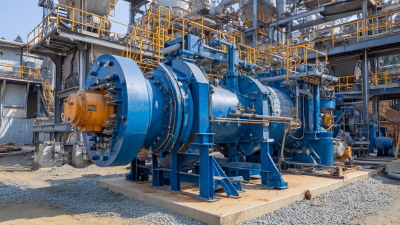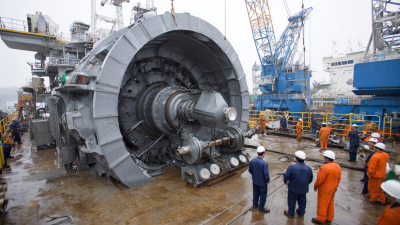

In today’s fast-changing world of mineral processing, everyone’s really focusing on finding better, more efficient ways to separate materials. The hydrocyclone has become a pretty important tool in this game because it offers real benefits—like boosting how well everything gets separated and saving money in the process. I came across a report from the International Journal of Mineral Processing that mentioned using hydrocyclones can improve separation efficiency by up to 40%, and at the same time, cut down operational costs by around 30%. It’s pretty impressive! Here at Shanghai Shangjiang Petroleum Engineering Equipment Co., Ltd., we’ve totally recognized how powerful this technology can be, especially for the oil and gas industry. We’re always working on new ways to improve cyclone-based separation systems—because we want to create solutions that not only meet industry standards but also help our customers be more productive and cost-effective. Our goal is really to push the boundaries and help our clients get even better results.
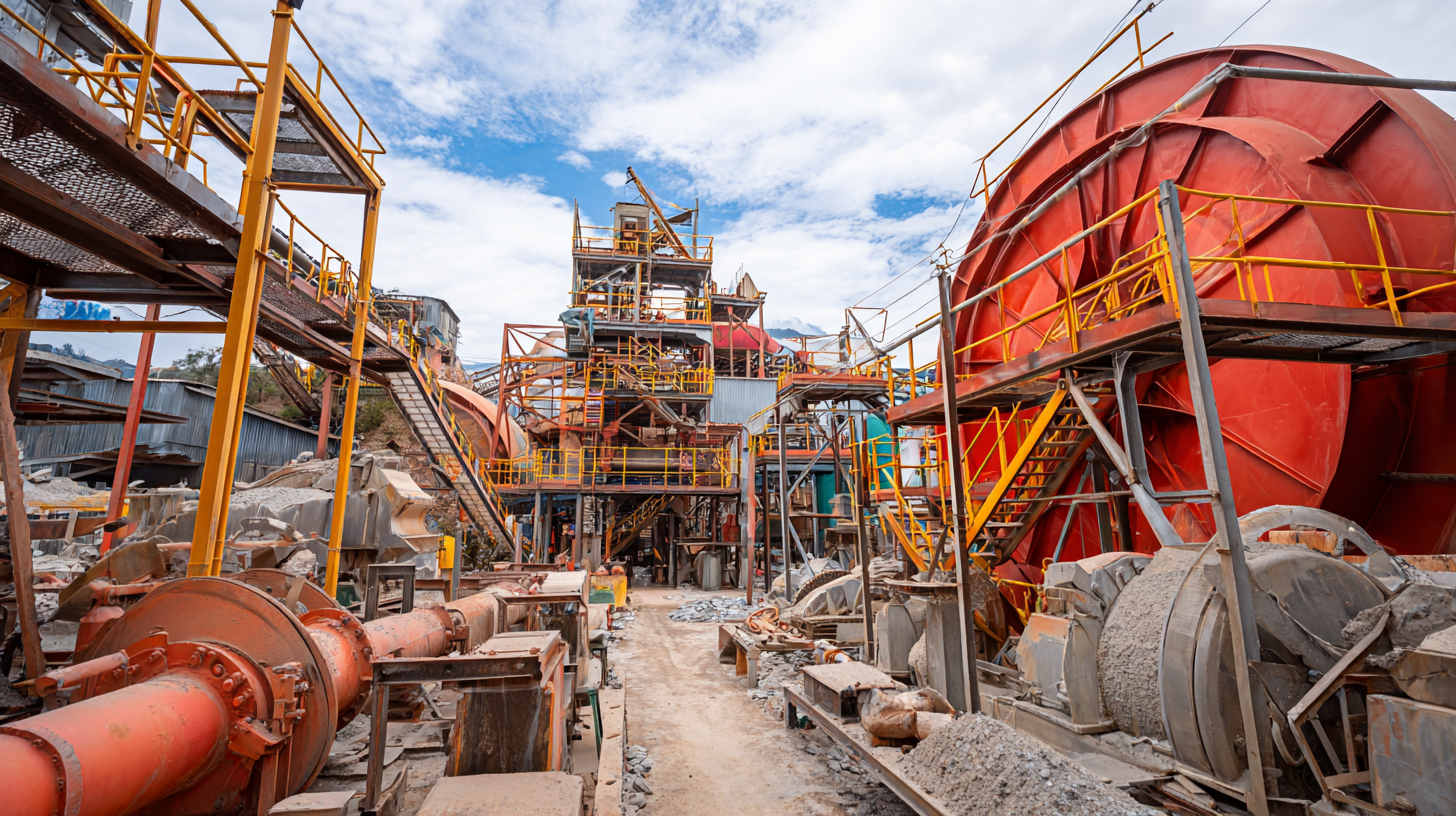
Hydrocyclones are really important in modern mineral processing these days. They do a pretty great job at making things more efficient and saving money at the same time. Basically, they use centrifugal force to sort out particles by size and density, which helps streamline the whole classification process in various mining operations. I came across a report from the International Journal of Mineral Processing that said using hydrocyclones can bump up separation efficiency by as much as 50%. That’s a big deal because it means lower operating costs and can even speed things up with higher throughput.
But it’s not just about efficiency; hydrocyclones also play a part in making the industry a bit more eco-friendly. By recovering valuable minerals from waste streams, they help cut down on the amount of tailings produced, which is great for the environment. There was a study by the Mining Engineering Society that mentioned adding hydrocyclones into processing circuits can cut water use by around 20%. That’s huge, especially in areas where water’s pretty scarce. With ongoing tech improvements and better designs, hydrocyclones are really helping the mining sector hit both economic and environmental targets without breaking a sweat.
Hydrocyclones have really become a key player in how we optimize mineral processing these days, especially when it comes to separating materials. Basically, they use centrifugal force to sort particles by size and density — and honestly, they do it pretty well. I read in the International Journal of Mineral Processing that with hydrocyclones, you can get up to 90% efficiency when separating those tiny, fine particles. That’s a pretty huge deal for companies trying to get the most out of their mineral recovery stuff.
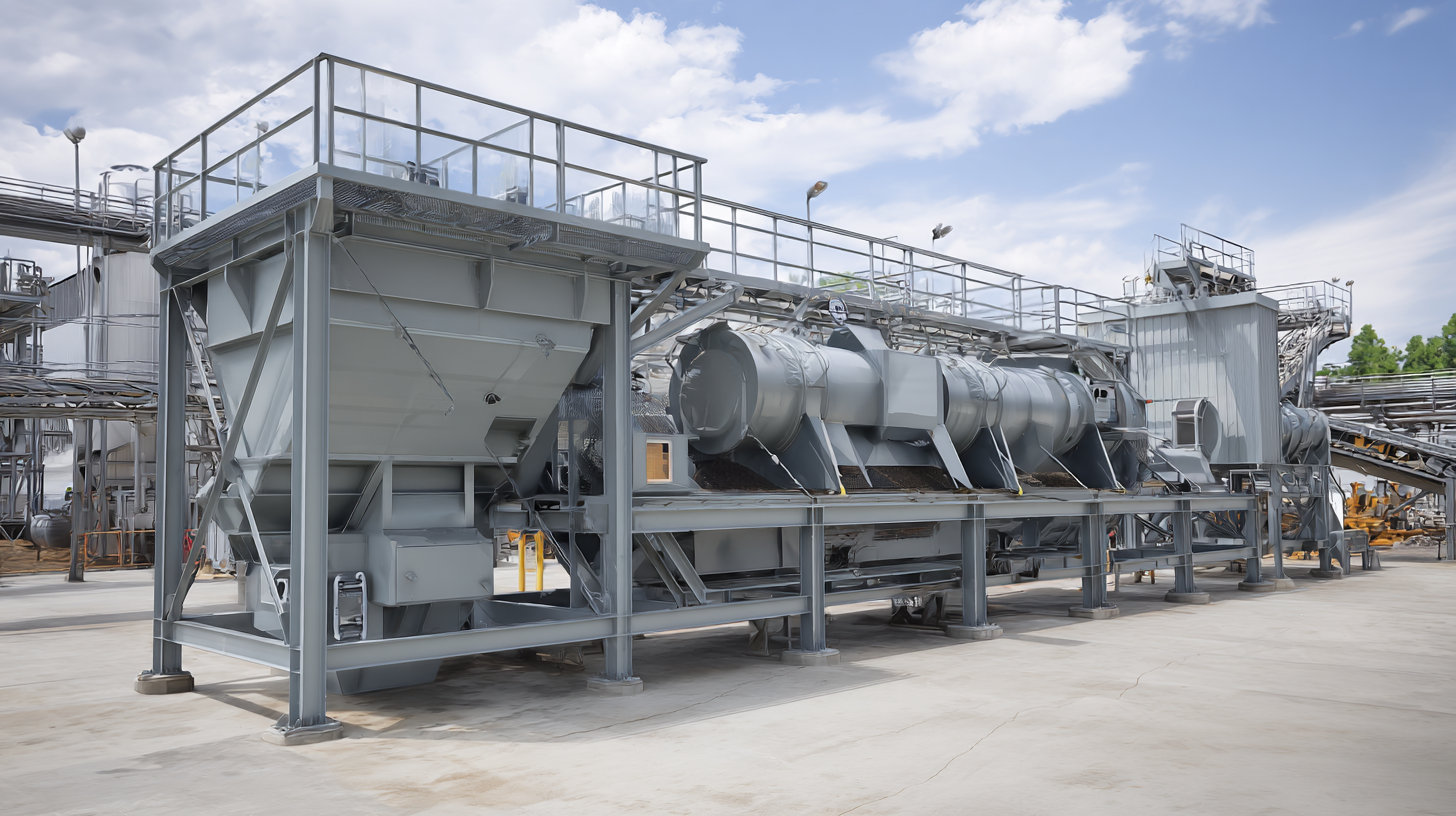
And on top of that, the savings you can see in operational costs are pretty impressive too. Swapping out old-school separation methods for hydrocyclones can slash energy use by around 30%, plus it helps cut down on water use. There’s even a report from the Society for Mining, Metallurgy & Exploration showing that hydrocyclones are now a big part of more sustainable mining practices — meaning industries can do their thing while lowering their environmental impact without sacrificing recovery rates. As we keep pushing forward in mineral processing, adopting hydrocyclones seems like a smart move — blending better efficiency with better cost management, all while being kinder to the environment.
The mining industry is under constant pressure these days, especially with the surge in steel production. That means they need smarter, more efficient ways to process ore, especially since high-grade iron ore is running out faster than ever. One of the coolest solutions coming up right now is hydrocyclones—they're really turning heads because they help cut costs by better separating those tricky fine materials, like iron ore slimes. When miners fine-tune their hydrocyclone operations, they can recover more ore, waste less, and make the whole process way more sustainable.
Lately, these devices have shown off some pretty impressive versatility too. They've been used to clean low-grade phosphate ore and even to treat activated sludge in new, eco-friendly ways that boost microbial activity. These kinds of applications really prove that hydrocyclones aren’t just about separation—they also help reduce environmental impact, which is a biggie for industry sustainability goals. Companies like Shanghai Shangjiang Petroleum Engineering Equipment Co., Ltd. are constantly improving cyclone tech, so we can expect even better efficiency and saved costs down the line. All in all, it looks like mineral processing is on the verge of some pretty exciting changes for a more productive and sustainable future.
This chart illustrates the cost benefits and efficiency improvements gained by implementing hydrocyclones in mineral processing operations. The data represents average percent improvements in operational efficiency and cost savings across various mining processes.
Looking ahead, hydrocyclone technology has a lot of exciting potential when it comes to making mineral processing more efficient and effective. With advancements in computational fluid dynamics (CFD), we're seeing the birth of more precise hydrocyclone designs that really optimize how separation works. Basically, by running simulations of how the stuff flows inside these machines, engineers can figure out the best shapes and setups. This means better separation points and, hopefully, less energy used to get the job done.
On top of that, adding AI and machine learning into the mix could totally change the game. Real-time data analysis allows for predictive maintenance and smarter operation settings, which help keep things running smoothly—even when feed material varies. All these innovations aren’t just about improving efficiency; they also help cut costs, making hydrocyclones a key player in future sustainable mineral processing. It’s pretty exciting to think about where all this tech might take us down the line.
| Parameter | Current Performance | Projected Improvement | Cost Savings (%) |
|---|---|---|---|
| Separation Efficiency | 85% | 90% | 10% |
| Energy Consumption (kWh/t) | 50 | 40 | 20% |
| Water Usage (m³/t) | 5 | 4 | 20% |
| Maintenance Frequency (times/year) | 12 | 8 | 33% |
When it comes to making mining more sustainable, hydrocyclones are really making a difference. They've become a pretty essential tool for boosting how efficiently minerals are processed, all while keeping environmental impacts in check. Basically, these devices help separate valuable minerals from the leftover tailings, which means the dewatering process gets way better. By fine-tuning how ore particles are classified and concentrated, hydrocyclones actually help cut down on waste, leaving a smaller environmental footprint behind.
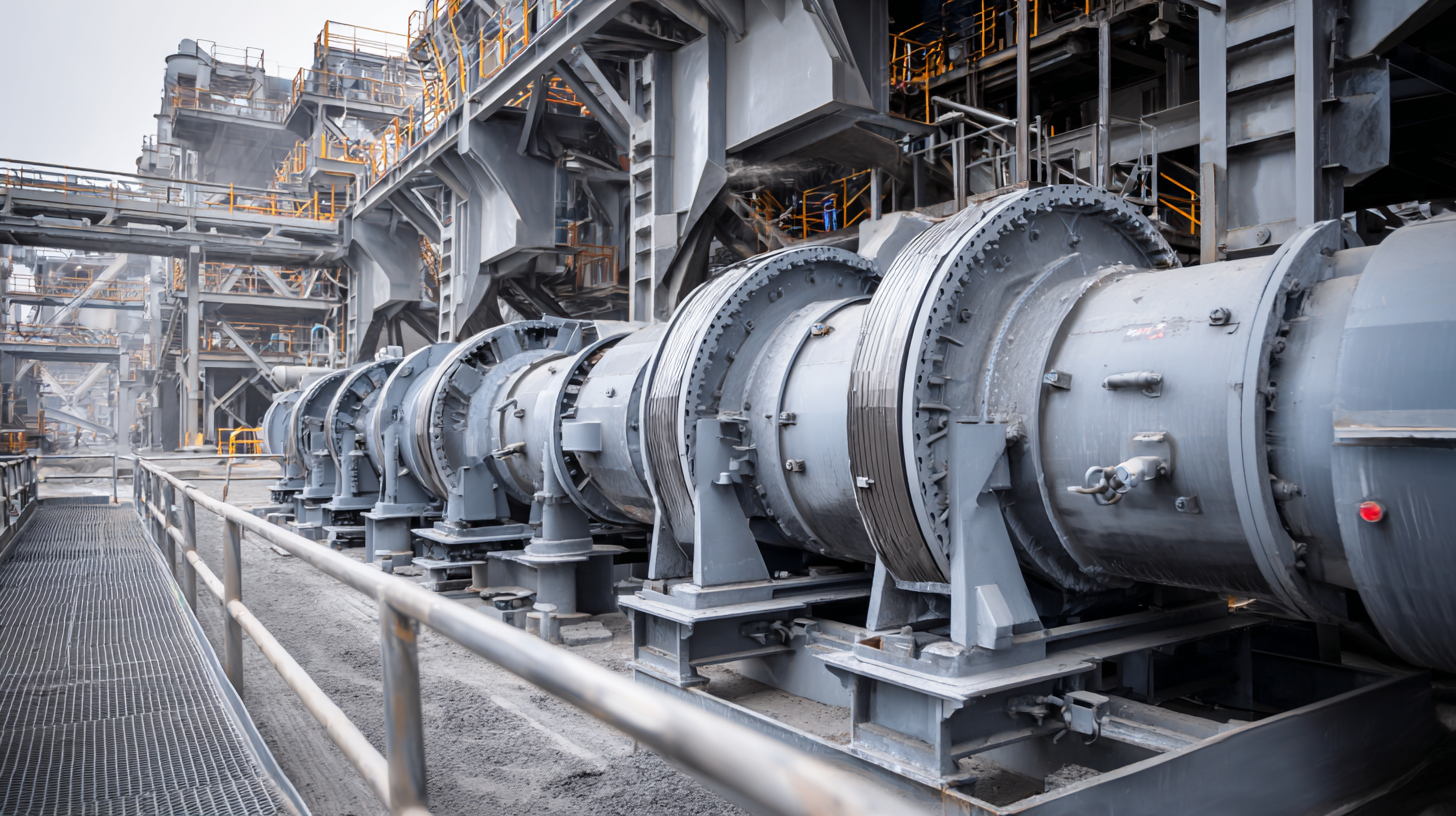
One of the coolest perks about using hydrocyclones is that they can produce a high-density product from the tailings, which means we’re making better use of resources. Plus, they deal with the pesky issue of having too much water in the mining waste. This not only makes it easier to recover more minerals and valuable stuff, but it also cuts down the risks of polluting soil and water around the site. All in all, bringing in hydrocyclones doesn’t just make processing smoother—it’s a step toward more responsible and eco-friendly mining. As the industry continues to go down this more sustainable path, hydrocyclones are playing an increasingly important role in making sure we do things better for the planet and our resources.
: Hydrocyclones utilize centrifugal forces to separate particles based on size and density, optimizing the classification process in mineral processing operations.
Hydrocyclones can improve separation efficiency by up to 90% for fine particles, significantly enhancing processing efficiency.
The use of hydrocyclones can reduce energy consumption by up to 30% and also minimize water usage compared to traditional separation methods.
Hydrocyclones recover valuable minerals from waste streams, reducing tailings volume and water consumption, which helps minimize the ecological footprint of mining operations.
Hydrocyclones enhance the dewatering process, producing a high-density product from tailings, which aids in better resource utilization and reduces environmental contamination risks.
By integrating hydrocyclones into processing circuits, water consumption can be reduced by up to 20%, which is critical in regions facing water scarcity.
Hydrocyclones are crucial for improving efficiency and addressing environmental concerns, as they streamline processing while promoting responsible resource use.
Yes, hydrocyclones are invaluable for optimizing mineral recovery processes by achieving high separation efficiency.
By reducing the volume of waste generated and water usage, hydrocyclones decrease the overall environmental impact of mining practices.
Technological advancements continue to enhance hydrocyclone design, supporting the mineral processing sector in improving both economic and environmental outcomes.
Hydrocyclones are pretty much essential in today’s mineral processing world. They help sort materials more efficiently and really boost how smoothly operations run. Basically, they use centrifugal force to separate stuff based on how dense it is—no fancy tricks, just good ol’ physics. This means better recovery rates and less waste piling up. Plus, compared to older separation methods, hydrocyclones are cheaper to run because they don't need as much maintenance or energy. Not too shabby, right?
Looking ahead, it’s exciting to think about how new tweaks and upgrades could make these devices even better. We might see higher throughput or that they’ll work well with different kinds of minerals. And let’s not forget, they’re pretty eco-friendly too—increasing efficiency helps cut down on environmental impact in mining operations. Over here at Shanghai Shangjiang Petroleum Engineering Equipment Co., Ltd., we’re all about pushing the envelope on hydrocyclone tech. Our goal is to create products that not only meet industry standards but also support more sustainable mining practices. It’s about working smarter and greener, every step of the way.
